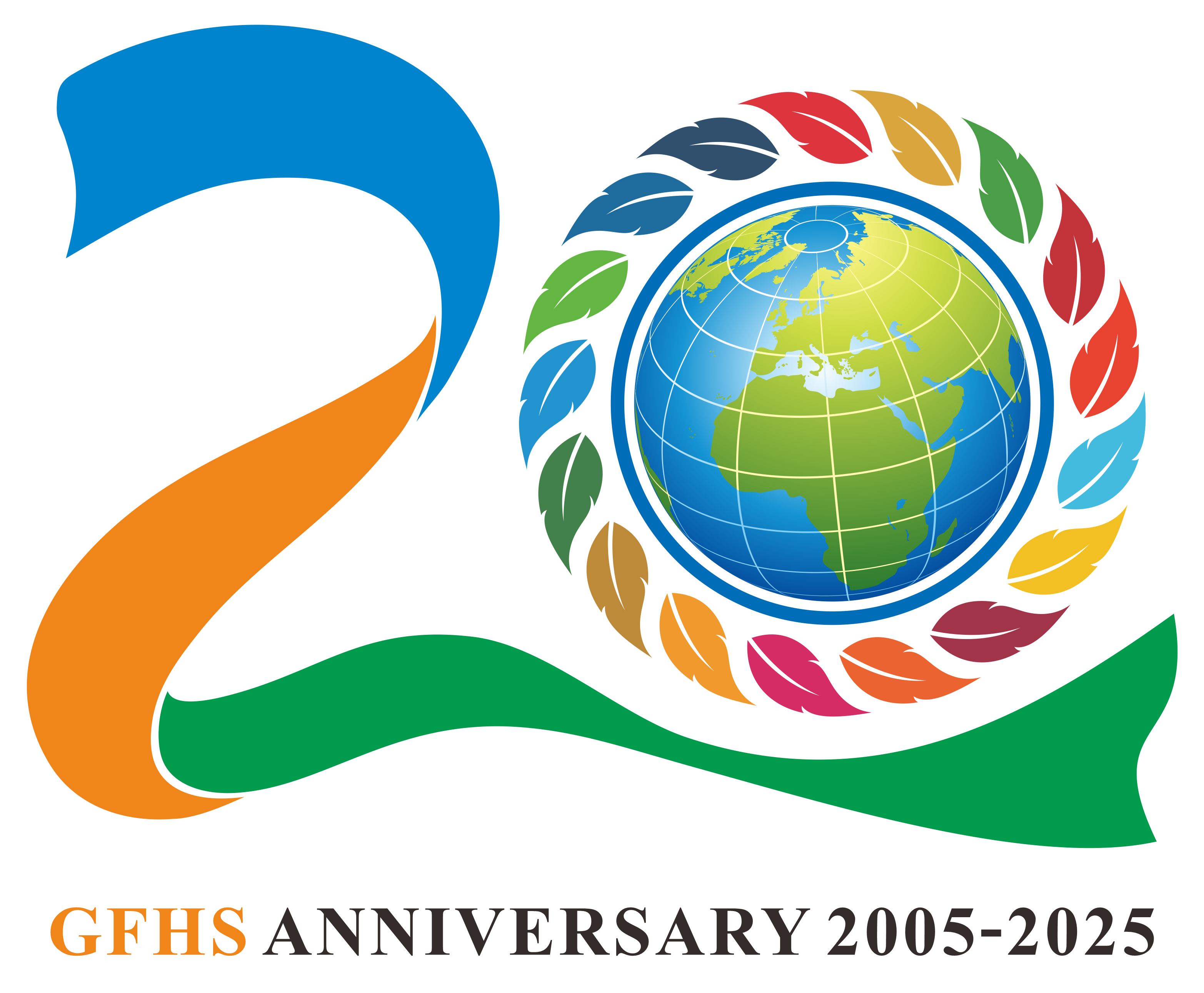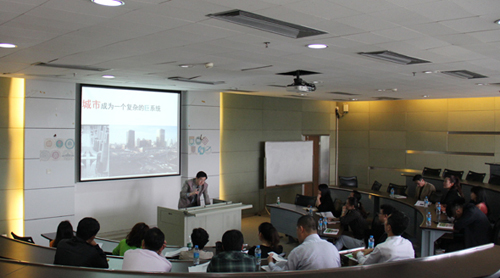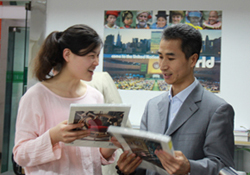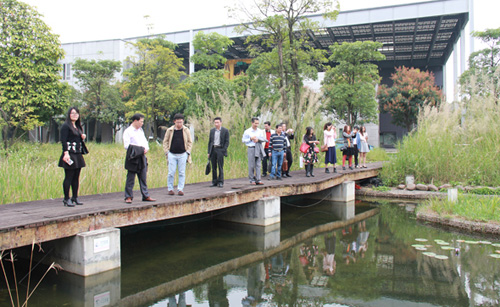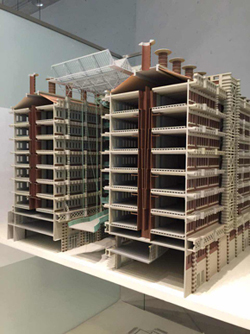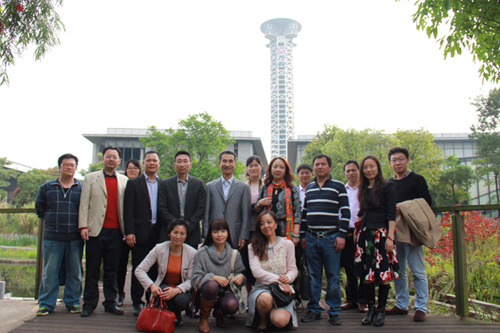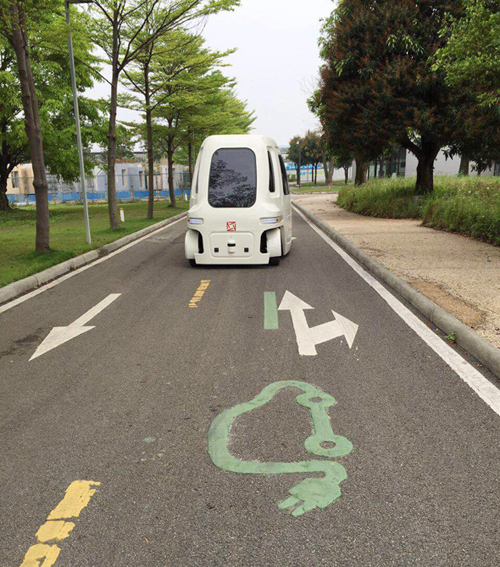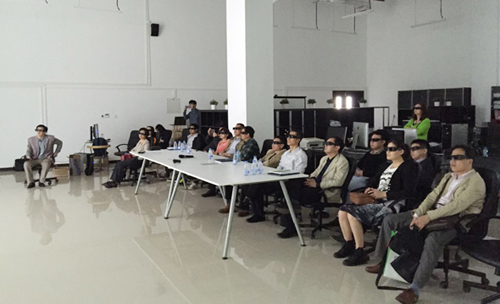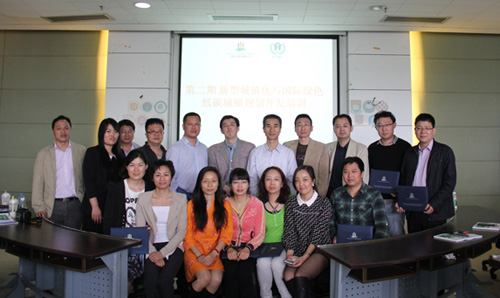Committed to Sustainable Cities and Human Settlements for All
In Special
Consultative Status with ECOSOC
The Second Training on “New-Type Urbanization and Green Low-carbon Urban Planning and Development”successfully held in Shenzhen
On 27-29 March 2015, the second training course on “New-Type Urbanization and Green Low-carbon Urban Planning and Development” took place in Shenzhen. It was supported by Global Forum on Human Settlements (GFHS) and International Green Model City Expert Committee, and hosted by Shenzhen International Green Model City Investment and Management Co., Ltd. It gathered 15 students from the government and the corporate.
On March 29, students visited Shenzhen Key Laboratory of Urban Planning and Decision Making. They experienced the three-dimension stimulation of situations in the big screen, the advanced technology of real-time plan modification and the great importance of intelligent technology and scientific data on the green low-carbon urban planning and decision making.
The second training course on “New-Type Urbanization and Green Low-carbon Urban Planning and Development” was successfully concluded. Mr. Lu Haifeng, Secretary General of GFHS and GFHS representative to the UN, issued the certificate to each student.


